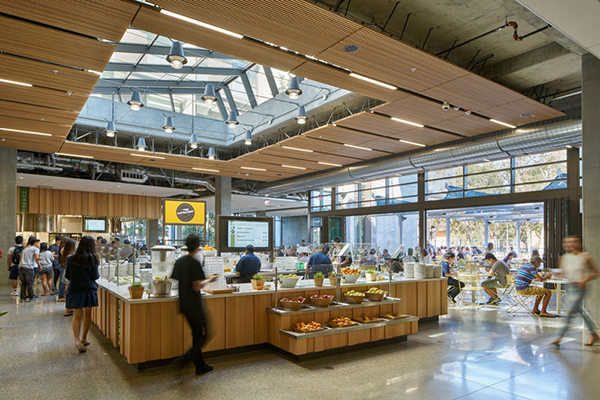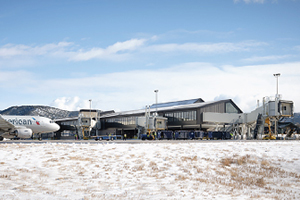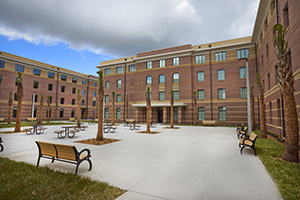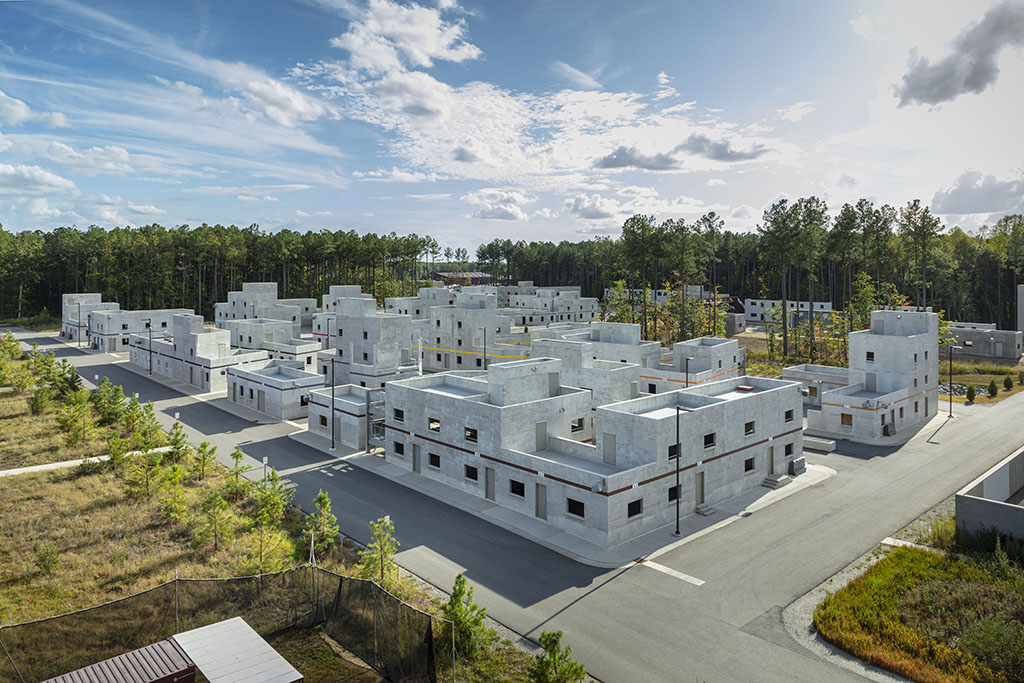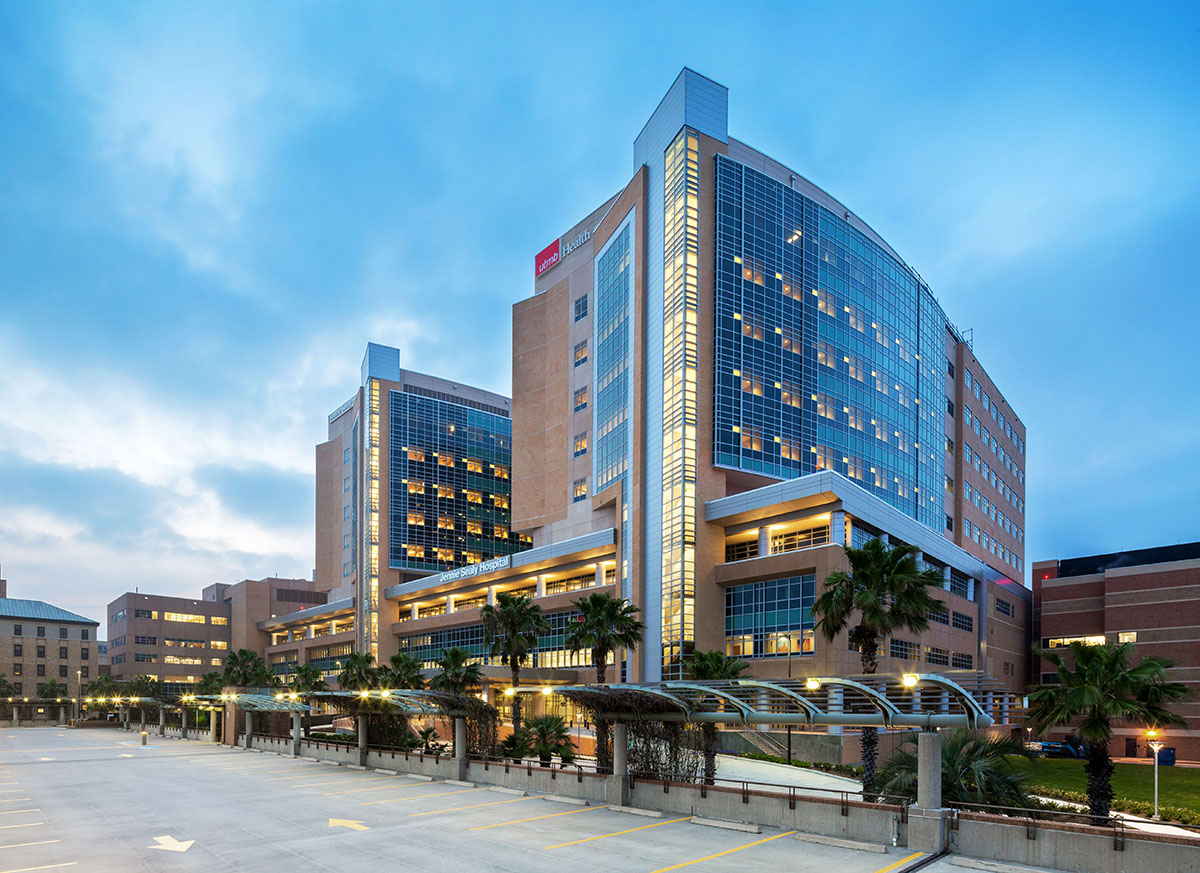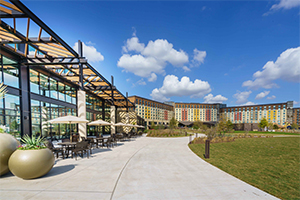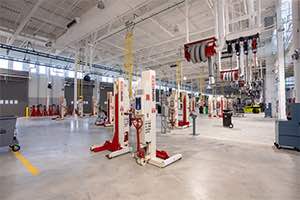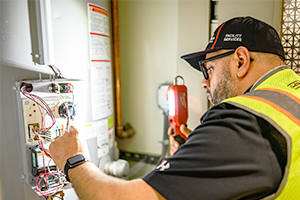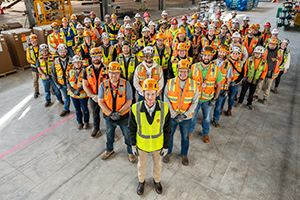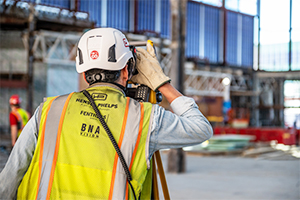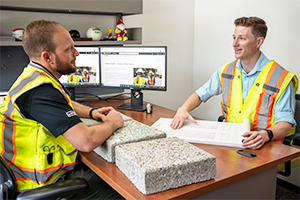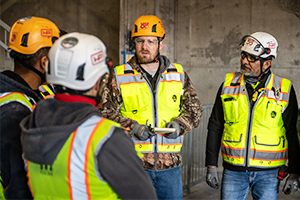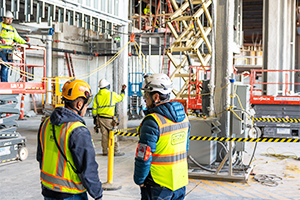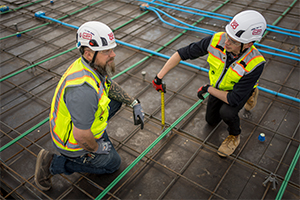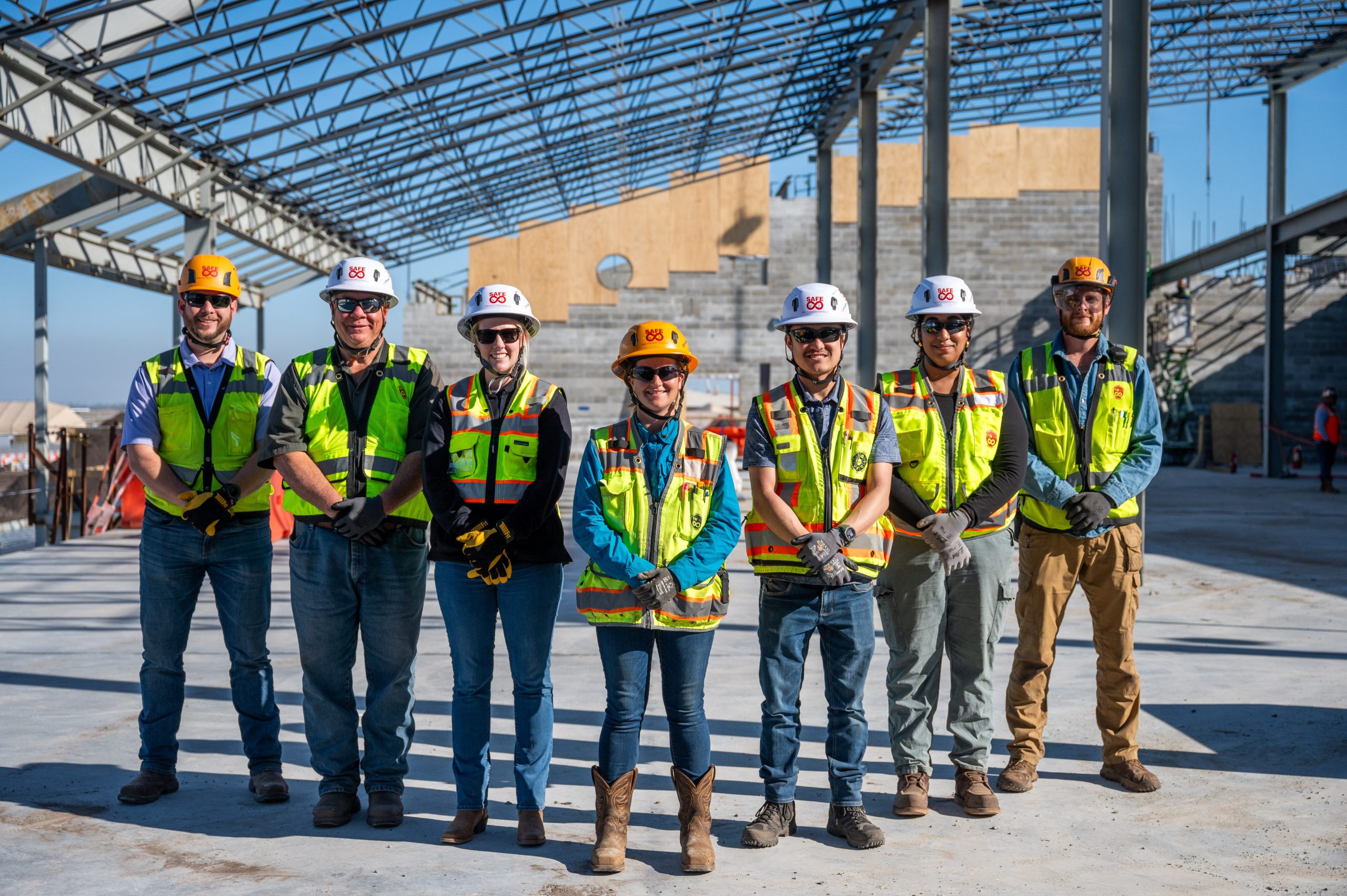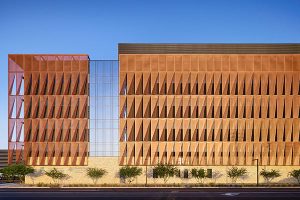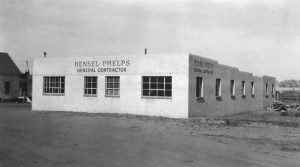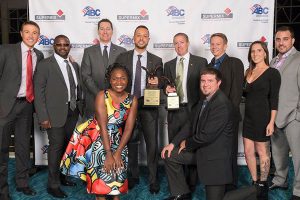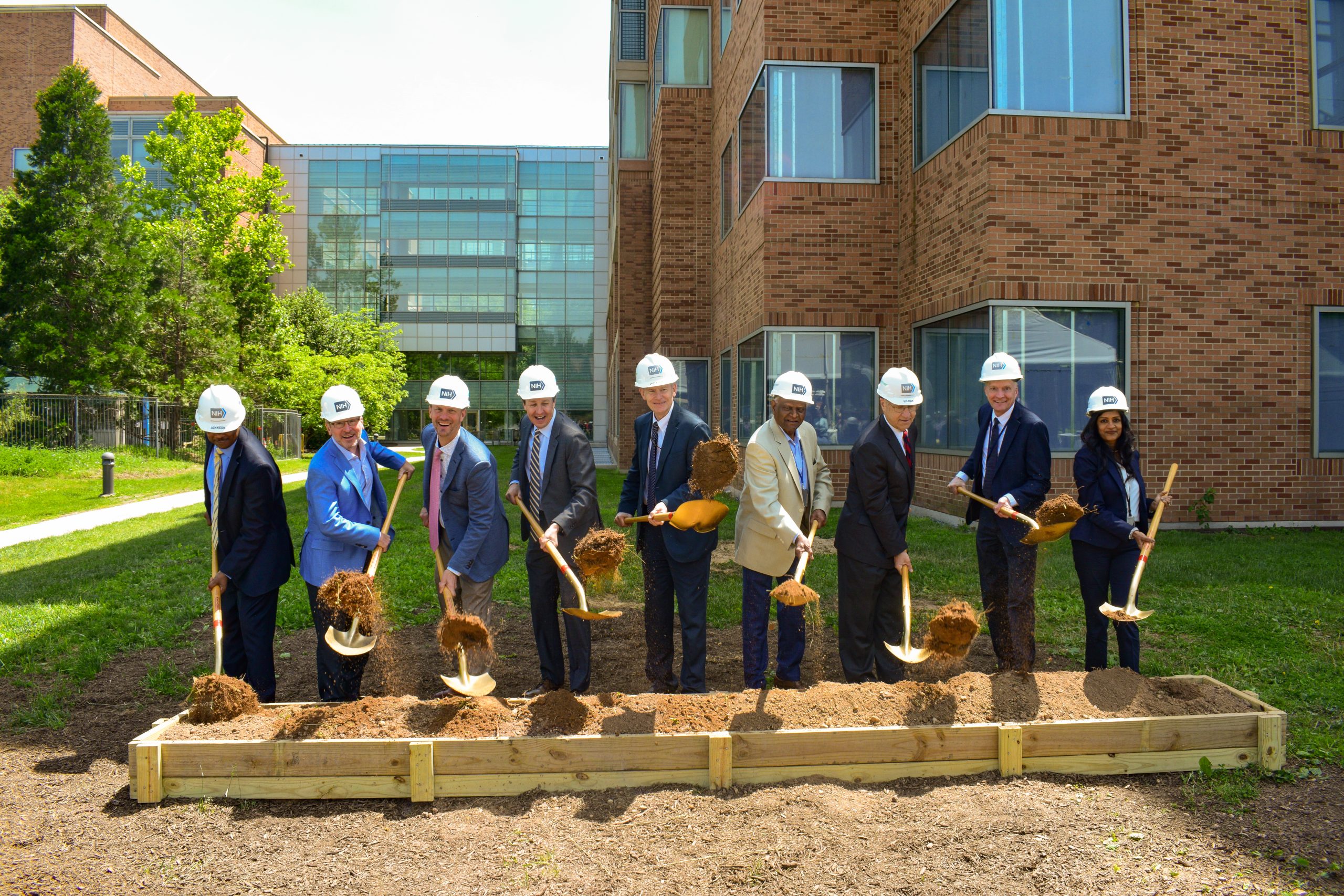
On May 16, 2023, leaders from the National Institutes of Heath (NIH) held a groundbreaking ceremony for the Surgery, Radiology and Laboratory Medicine (SRLM) building on the NIH Bethesda campus. NIH awarded this $650 million 630,000 SF design-build project to Hensel Phelps in May of 2022. It will be the largest project in the history of NIH.
Ceremony speakers included Andrea Palm, deputy secretary of U.S. Department of Health and Human Services; Dan Wheeland, NIH associate director for Research Facilities; Nina Schor, NIH deputy director for Intramural Research; James Gilman NIH Clinical Center CEO; Lawrence Tabak, Acting Director of NIH; Steven Rosenberg, chief, Surgery Branch, National Cancer Institute; and Alfred Johnson, NIH deputy director for Management. Industry leaders and members of the Hensel Phelps | ZGF design-build team were honored to attend this momentous ceremony.


The SRLM building is scheduled for completion in 2029 and will house the Department of Perioperative Medicine, the Department of Radiology and Imaging Sciences, the Department of Laboratory Medicine, the National Heart, Lung, and Blood Institute Cardiovascular Intervention Program and several National Cancer Institute laboratories and patient service areas. The new wing will enable the discovery of state-of-the-art diagnostics, therapies and cures for a wide range of diseases and conditions.
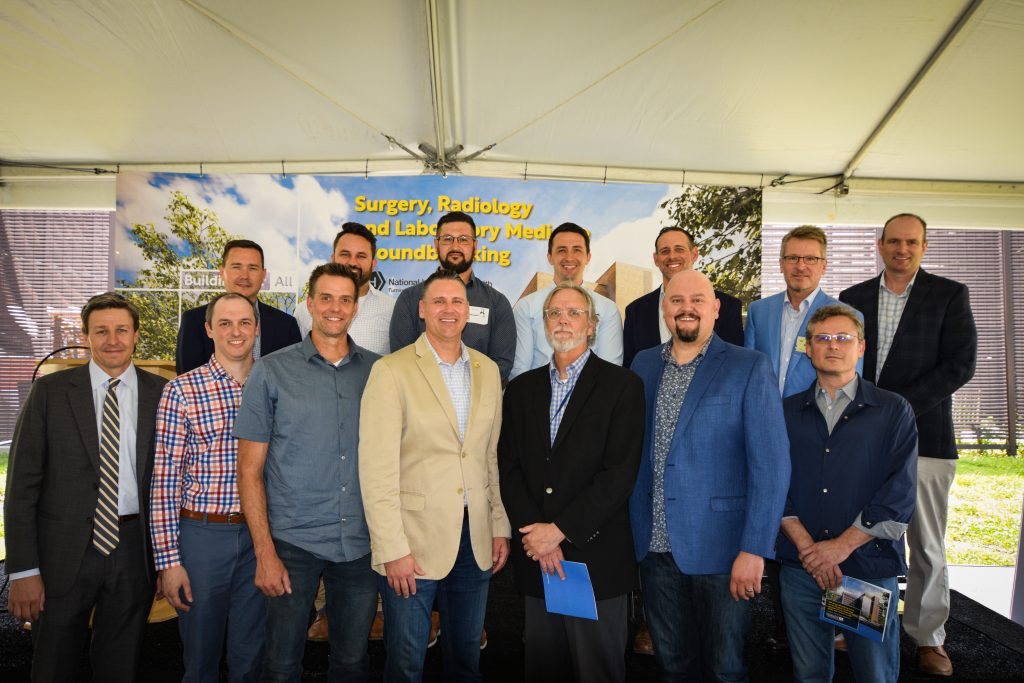
The contract awarded to Hensel Phelps includes preconstruction and the construction of a new 630,000 SF building. 550,000 SF consists of new construction and 80,000 SF consists of renovation work. The new building will include nine floors above-grade (including interstitial floors) and two floors below-grade. Below-grade floors include a program area and necessary space for building infrastructure.
The new construction will directly link to the west lab wing of the existing Clinical Research Center (CRC), which will include an additional 82,150 SF of renovation. The project scope also includes the relocation of a portion of an existing campus utility tunnel, reconstruction of a displaced children’s playground and connection to a new pedestrian tunnel that will be constructed with a future Patient Parking Garage.
As the world’s largest biomedical agency, the National Institutes of Health (NIH) conducts and supports research on the causes, diagnosis, prevention and cure of human diseases. The NIH’s new Surgery, Radiology and Lab Medicine (SRLM) Building facilitates this mission by providing scientists, physicians and patients with spaces that inspire, heal and propel innovation. The SRLM will house the world’s most advanced clinical research technology. The team developed a design strategy to ensure the building’s infrastructure can support today’s equipment and adapt to advancements in clinical research technology. The team designed two mechanical towers on the sides of the building for needed infrastructure. The mechanical towers showcase a lively parabolic pattern with tiles that can be easily removed to swap out mechanical systems with minimal interruptions to building operations.
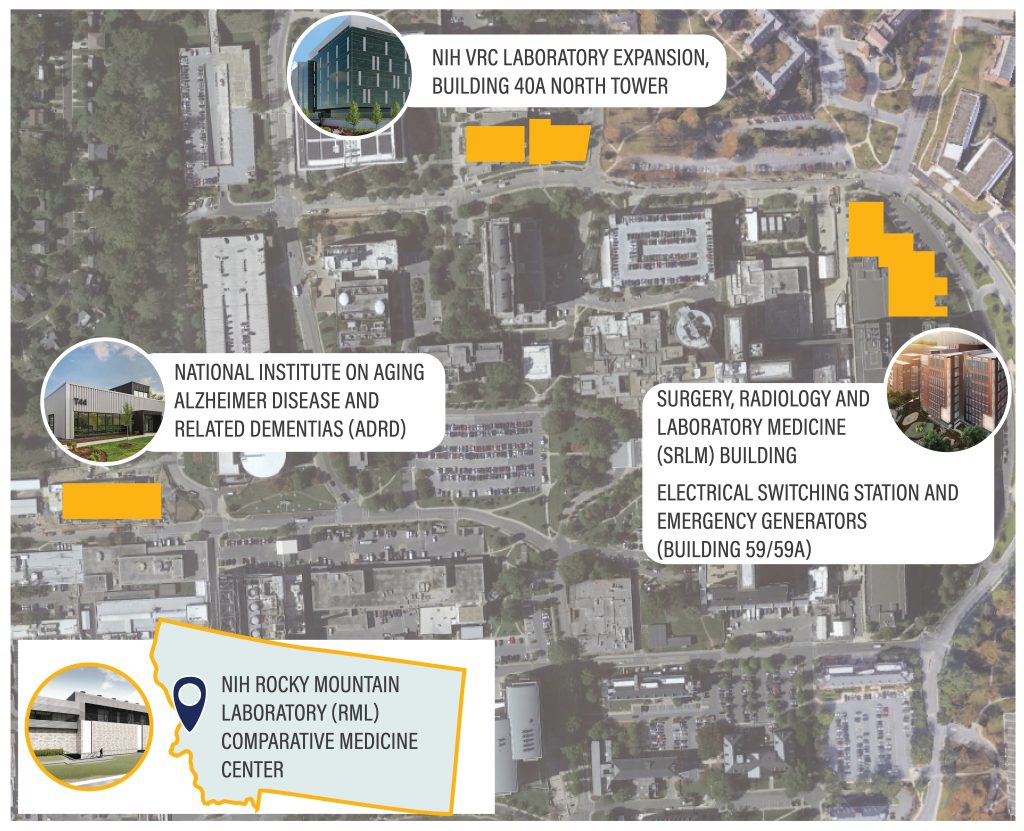
The SRLM project is Hensel Phelps’ fourth project win under a previously awarded Multiple Award Construction Contract (MACC). To date, NIH has awarded Hensel Phelps all four projects released under the MACC, totaling $960 million.
NIH recently awarded the Building 59/59A project to Hensel Phelps’ Mid Atlantic Region which includes an electrical switching station and emergency generators for the SRLM Building. The 59/59A project site is primarily in the newly constructed utility vault and partial underground fuel vault and listed buildings at NIH. This project was awarded as a change order to the current SRLM contract, bringing the total contract value to $710 million.
All projects awarded under the MACC are required to be designed and constructed to meet medical and clinical standards. The NIH Design Requirements Manual for Biomedical Laboratories and Animal Research Facilities (DRM), formerly called the NIH Design Policy and Guidelines, is the only detailed design requirements and guidance manual for biomedical research laboratory and animal research facilities in the U.S. Hensel Phelps has the most inherent knowledge of the NIH DRM guidelines due to our nationwide NIH experience.


